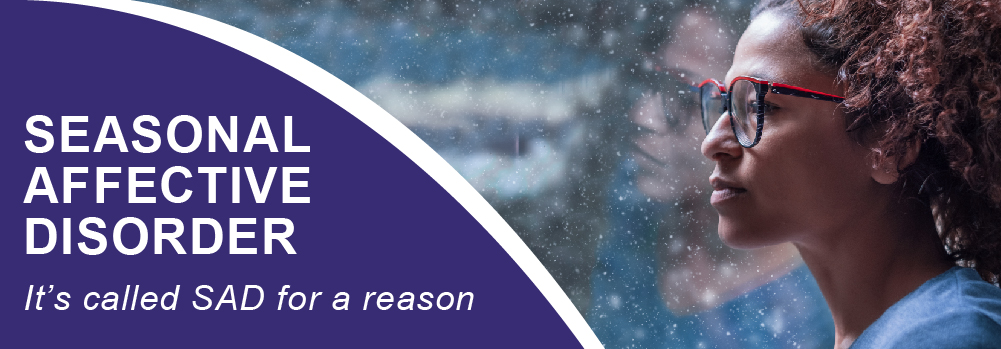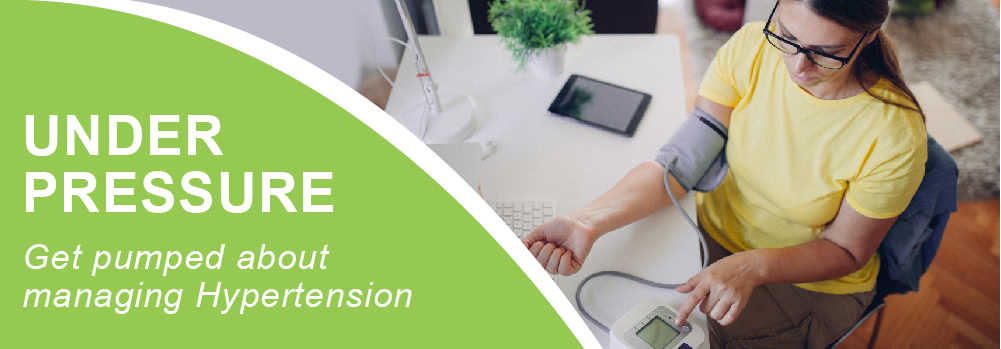Author: Natalie Baer, MD

It’s called SAD for a reason
As the sun sets on the summer months, days get shorter and the temperature drops, so does our mood. Snow, scarves and holidays are a novelty and enjoyable for a few weeks after the heat of summer, but the dark, cold days of January and February bring much less joy to many. If you find your mood changing (not for the better), at the same time every year, you may have seasonal depression or seasonal affective disorder (SAD). This mood disorder typically comes and goes when the season changes. The most common form of SAD appears in the fall and resolves in the spring or summer.
The signs and symptoms of SAD are similar to those of non-seasonal depression, but typically improve or go away with warm, sunny weather. Here’s what to look for starting in the fall or early winter:
- Low energy
- Fatigue and hypersomnia
- Increased appetite and overeating
- Loss of interest, including withdrawal from social activities or people
- Desire to be alone (may feel like hibernating)
- Suicidal thoughts
Like non-seasonal forms of depression, there are treatments available to combat SAD. Depending on the severity of your symptoms and whether you have another type of depression, the treatment for SAD may include:
- Medication
- Bright light therapy
- Psychotherapy
- Vitamin D
- Changes to sleep hygiene, outdoor walks and regular exercise
According to the National Institute of Mental Health, women are four-times more likely to be diagnosed with SAD than men. Other factors that may increase your risk of SAD include: living far from the equator with major shifts in seasons, and a personal or family history of depression or bipolar disorder. Age can also have an impact on whether you get SAD. Young adults seem to be affected more frequently than children, adolescents and older adults.
If you’re feeling any or all the symptoms of SAD, make an appointment to see your provider. They can help find the best treatment plan to get you feeling better.

